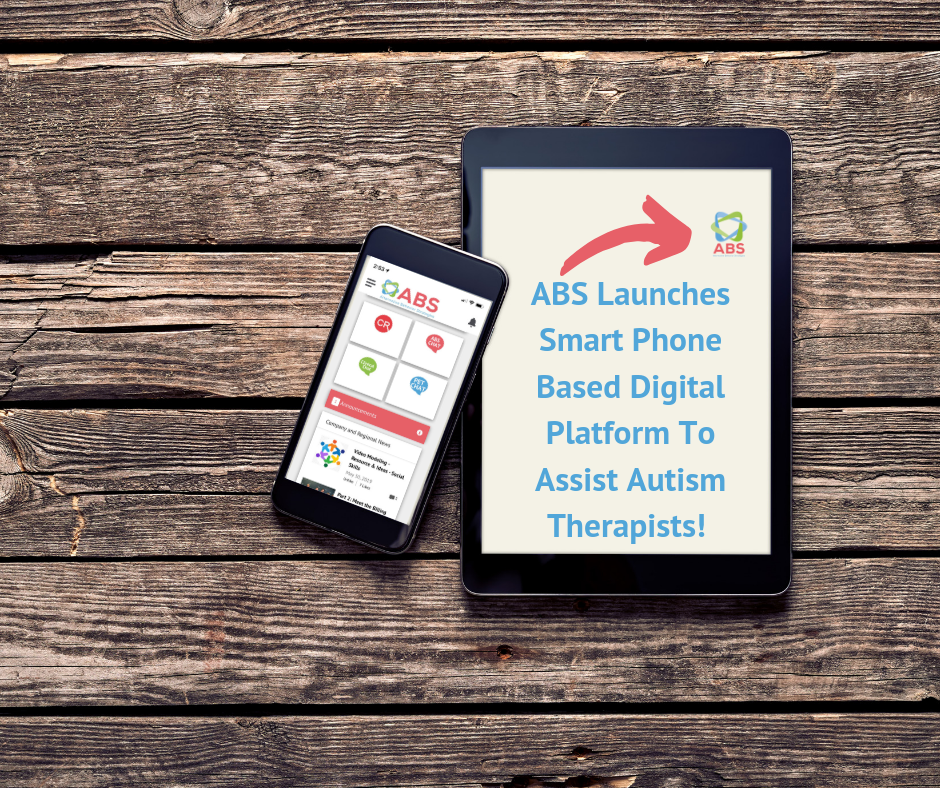How Occupational Therapy Can Help Your Child at Alternative Behavior Strategies
What does occupational therapy do?
by Victoria Kochanek, Occupational Therapist at ABS
Occupational therapy is client-centered, occupation-based and evidence-based. An occupational therapist creates an individual therapy plan based on the routines and environment of your family at home. Within the therapy gym and a structured home program the outcome is that your child will be able to do tasks they need and want to do, with as much independence as possible, satisfaction and success.
Occupational therapy uses a holistic approach to work with parents and their children in developing performance skills and coping mechanisms to do necessary and desired occupations and routines. When we use the word occupations we refer to a variety of things you do in your daily life. Using the word occupation for self care: an occupational therapist addresses children’s ability to get dressed, toilet/bathe themselves, perform daily hygiene such as brushing teeth/combing hair, etc. OT also addresses the skill sets and situations in which children perform entire routines; from getting ready for bed/ready in the morning to tolerating different transitions between play and work. An OT also helps a child with their occupations and skills to eventually start helping to take care of them selves such as making a simple snack/meal to doing chores/homework successfully and efficiently.
OT is also provided to help children who have delayed/poor motor coordination skills required to enjoy various play-based occupations such as kicking/throwing a ball, playing on a playground or riding a bike. Occupational therapists work with a variety of children who have special needs that impact their occupations; whether developmentally they are having some difficulty achieving these different occupations or if they have a specific diagnosis. OTs work with children who have Autism, Aspergers, William’s Syndrome, Down syndrome, Cerebral Palsy, Acquired Brain injury or other social/emotional/behavioral/neurological conditions.
An occupational therapist can address these different needs by looking at the child, their different environments and the tasks they need to do in a holistic way. Assessing the child’s fine motor/gross motor strength/coordination, visual perceptual and hand eye coordination skills, emotional self regulation, learning style and different executive function processes such as attention, memory, sequencing, organization and planning. The therapist also analyzes the different environments the child is in during these tasks as well as the tasks themselves to determine what other difficulties may occur that challenge the child’s abilities. Using all of this different information, the occupational therapist then creates a child-centered plan of treatment. The OT strives to create a functional balance and fit between a child’s abilities, the tasks they need to do and the environment they do them in.
Occupational therapy is unique in the use of evidence-based theory of sensory integration/processing for children who demonstrate unsuccessful coping strategies to the 6 senses:
• Sight, hearing, taste, touch, smell and movement.
The 6 senses of input are integrated and modulated in occupational therapy with the use of sensory integration/processing of tasks they do, their environment and even their own bodies. This is often paired with one of our other foundations of practice in neurodevelopment/motor control, cognitive processing, and occupation/skills acquisition.
